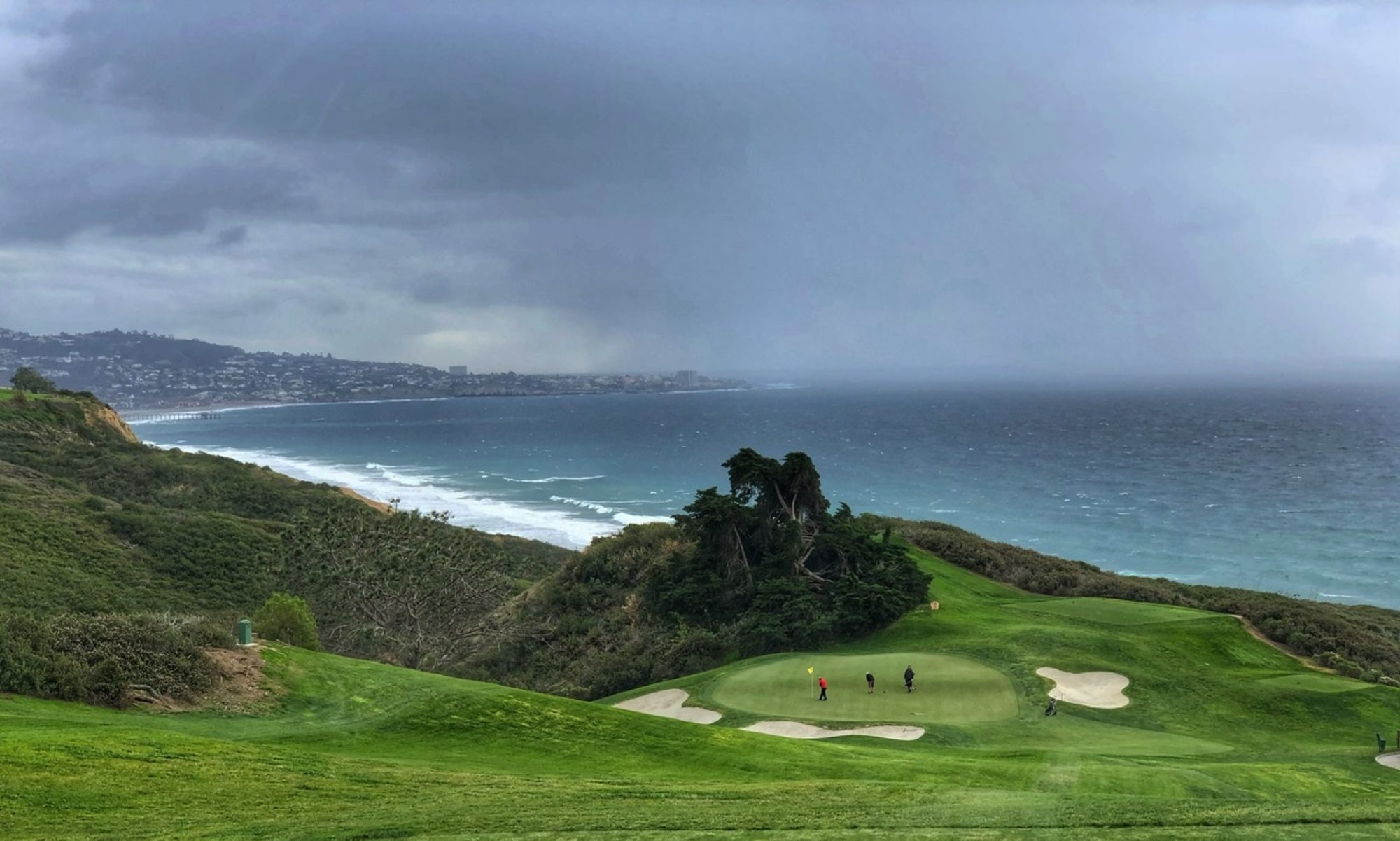Ah, the 1960s and 1970s when TV theme songs were more than just filler. They were spectacles. They were anthems. They were the reason you sat through the credits, pretending to pay attention while your popcorn got cold and your sibling snatched the last cookie. But today? TV theme songs have become like the sad parsley on a microwaved dinner unnecessary and mostly forgotten. Let’s take a wild ride through the glory days of TV theme songs, from The Beverly Hillbillies to Gilligan’s Island and then to the sad, meme-driven shadow of today’s intros.
The Glory Days: When TV Theme Songs Were Basically Broadway
Back in the good old days, TV theme songs weren’t just there to fill air time, they told entire stories. They set the stage, introduced the characters, and gave you everything you needed to know in a minute or less. Take The Beverly Hillbillies, for instance. That banjo-fueled ballad didn’t just say, “Hey, the Clampetts got rich and moved to Beverly Hills” No, no. It invited you into their world, where you could almost smell the cement pond and taste the possum stew. You felt like you were right there, sitting on the front porch in a rocking chair, staring at their brand-new mansion.
And then there’s Gilligan’s Island. The Ballad of Gilligan’s Island wasn’t just a theme song, it was a full-on epic. In less than a minute, it not only explained why seven people were stranded on a deserted island, but also gave you their names, jobs, and a helpful warning that the weather started getting rough.It was Homers Odyssey, but with more coconuts and fewer monsters. If you didn’t know the lyrics to that song, well, you might as well have been from a different galaxy.
The Decline: When Theme Songs Became the Sad, Overlooked Stepchild
Now let’s talk about what happened to TV theme songs as we entered the age of streaming, smartphones, and the complete destruction of patience. Today’s theme songs are like the intro credits of The Office, short, forgettable, and so uninspired that even the animated sequence feels like it’s just phoning it in. In fact, modern shows treat theme songs like a necessary evil, something to slap together so they don’t get sued for not having one. Now, they’re lucky if we get a 10-second jingle that barely manages to say, Hey, this is a show, before its done and we’re on to the next scene.
What happened? Did we suddenly decide that listening to full songs was too much of a commitment? Did Netflix declare, Sorry, theme songs, we’re all about the plot twists and memes now? Or did every banjo player in Hollywood just retire? (Seriously, where are all the banjo players?)
The Beverly Hillbillies vs. Modern TV: A Tale of Two Eras
Let’s break it down, shall we?
The Beverly Hillbillies: A glorious minute of banjo strumming that gives you everything Jed Clampett, his kinfolk, and how they went from being poor mountain folk to Beverly Hills royalty. A true rags-to-riches anthem. You didn’t just watch it, you hummed along.
Modern Show: A five-second instrumental that sounds like a kitten tiptoeing across a Moog synthesizer. You don’t learn anything about the characters, the plot, or why you should care. You’re left wondering if you accidentally clicked on a screensaver.
It’s like comparing a five-course meal to a stale cracker. One’s rich with flavor and history, the others are just there.
Gilligan’s Island vs. Streaming Services: A Three-Act Tragedy
Now, let’s pit Gilligan’s Island against the modern streaming era:
Gilligan’s Island: A full-blown ballad that explained everything in under a minute. You knew who was on that island, why they were there, and how long they’d be stuck (spoiler: a three-hour tour). It was the perfect blend of exposition and entertainment.
Streaming Show: A 10-second loop of ambient noise that doesn’t even try to explain what’s happening. You’re left wondering if you accidentally clicked on the Welcome to 1998 screensaver on your desktop.
It’s like Shakespeare writing Macbeth and modern TV offering up a text message that just says K.
The Why of It All: What Happened to TV Theme Songs?
So, what happened? How did we go from The Beverly Hillbillies to whatever is happening now? Some might say it’s the rise of streaming and the skip intro button. Others might blame the constant need for instant gratification. Who has time for a full song when you can just dive into the plot with minimal effort? The attention span of viewers has drastically shrunk, and I’m sure TikTok isn’t helping.
But the real loss here is the joy that a great theme song can bring. A good theme song was like a friend you could rely on familiar, exciting, and always there for you. Sure, they might’ve been a little cheesy, but that’s part of their charm. We miss the days when the theme song could make or break a show.
A Call to Action: Bring Back the Theme Song!
I know you’re out there, TV producers. You may have forgotten about the power of a good theme song, but I haven’t. We need to bring back the iconic, catchy, slightly ridiculous theme songs that made us sing along and set the mood for every episode. Give us something that lasts more than the time it takes to grab a snack.
Until then, I’ll be here, humming the Gilligan’s Island theme and waiting for the day when a show dares to give us a theme song worthy of a standing ovation.
Just sit right back and you’ll hear a tale…
















